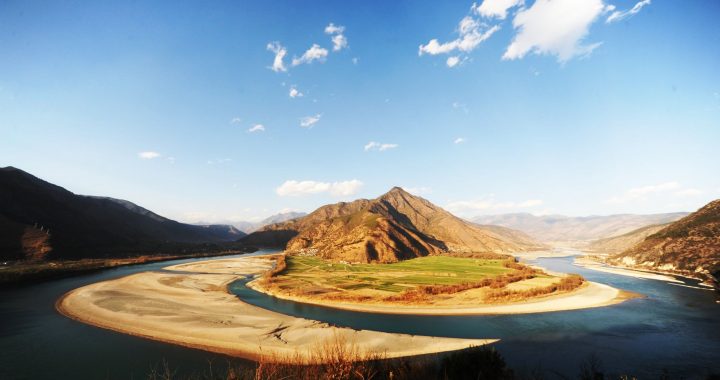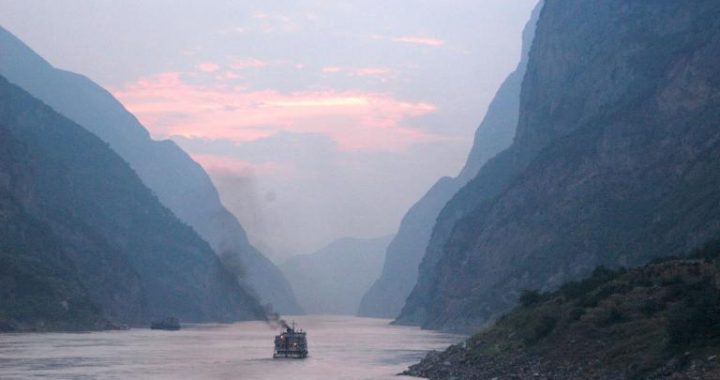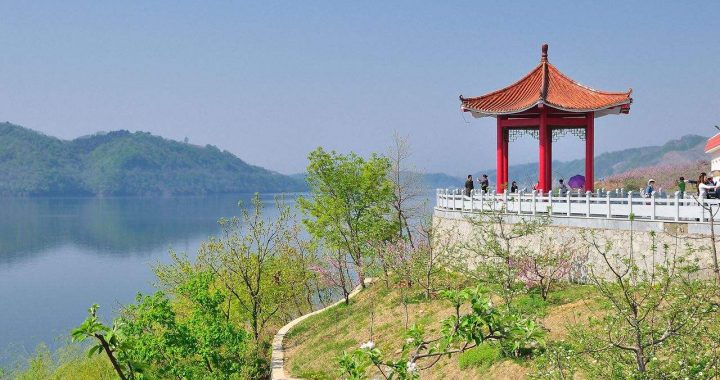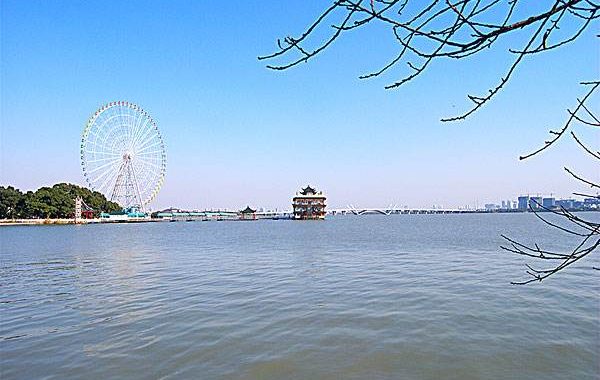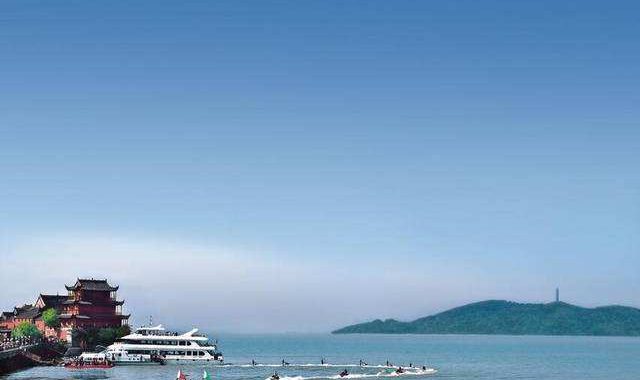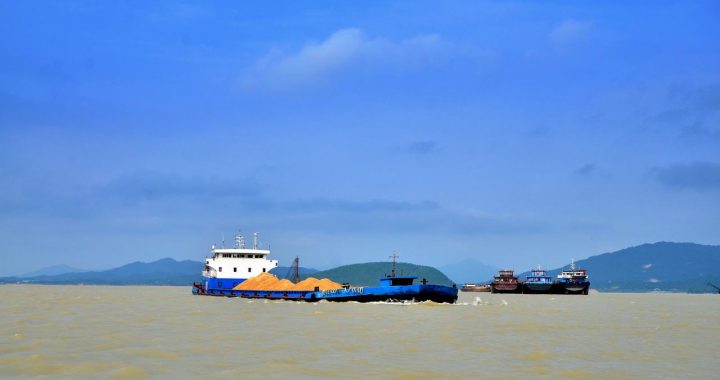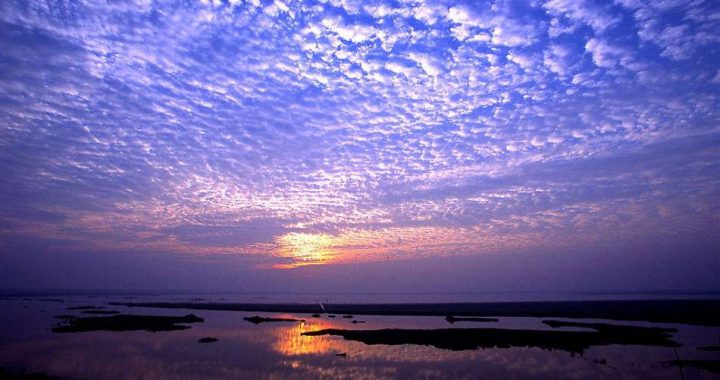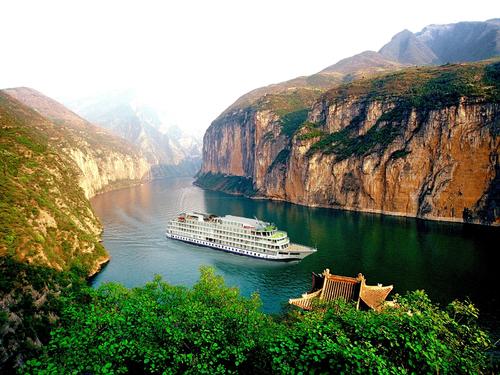Jingjiang River
4 min readSailing far off from Jingmen Ferry,Soon you will be with people in the south,Where the mountains end and the plains begin And the river winds through wilderness…
The moon is lifted like a mirror,Sea-clouds gleam like palaces,And the water has brought you a touch of home To draw your boat three hundred miles.
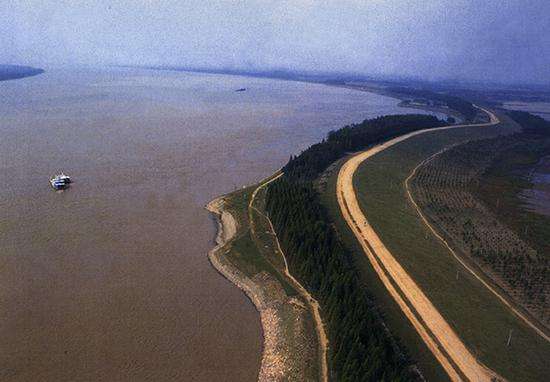
一Li Bai,Biddling a Friend Farewell at Jingmen Ferry The zigzag Jingjiang River is the section of theYangtze River from Zhicheng in Hubei Province to Chenglingji in Hunan Province.It belonged to Jin area inancient times,so it got the name Jingjiang.Li Bai’s Bid-ding a Friend Farewell at.Jingmen Ferry was written when he crossed Jingjiang River.After passing through Three Gorges,high mountains are replaced by vast wild lands a-longside the broad and mighty river.At night,the moon is bright and clear like a mirror,shedding down gentle moon-light.Auspicious clouds are clustered in the sky.With lights and shadows taking turns,a mirage emerges from the river,making the scene very fascinating.
The Jingjiang River in poems is spectacular and beautiful;however,that is only one side of the story.
“The Yangtze River is ten thousand li long,whose dangerous section lies in Jingjiang”,this saying is widely known among the people in China.Undoubtedly,Jingjiang River is the most perilous section of the Yangtze River.It can be divided into upper-Jingjiang and lower-Jingjiang.
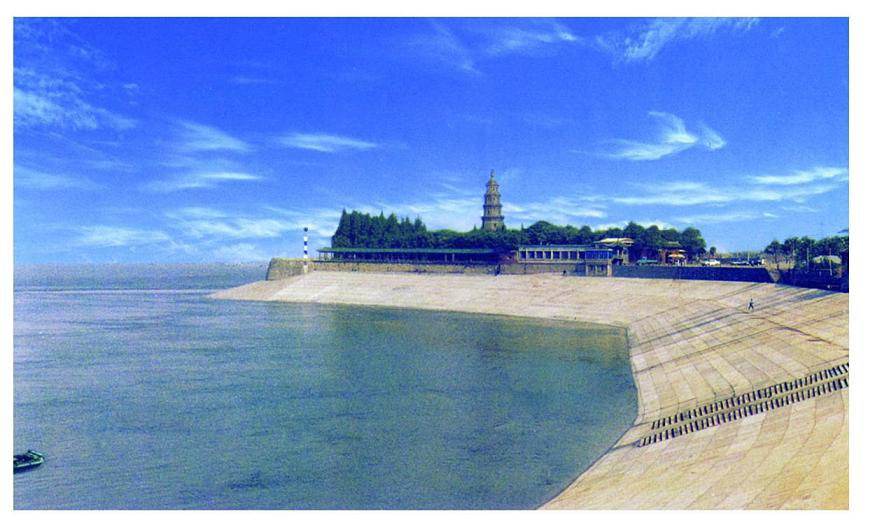
The lower-Jingjiang River zigzags for 240 kilometers;however,the straight distance between its two ends is only 80 kilometers.In such a short distance,Jingjiang River makes 16 big turns.No wander that its factual length is somuch longer than its straight distance.Jingjiang River has always been famous for its“Jiuqu-Huichang”,and is the most meandering watercourse in China.
In the pre-Qin period,the riverbed of Jingjiang River was not fully formed.After the Yangtze River flowed outof Three Gorges,it just overran and meandered to south-east.
The statue of LiBai
In the Qin and Han period (221 BC-220 AD), there were more and more sand and silt accumulated in theYangtze River. After flowing out of the narrow Three Gorges, the Yangtze River suddenly lost its bondage al-lowing accumulated sand and silt to form a fan-shaped delta expanding to southeast. The mainstream of Jingjiang River just lies on the southwest side of the delta.
In the Wei, Jin, Southern and Northern dynasties (220-589), the water in Jingjiang River drained a lot therefore many shoals, large or small, appeared in the riv-er. The delta began to move to the southeast, and the riverbed of lower-Jingjiang River also began to be formed.
In the Tang and Song dynasties (618-1279), sand and silt clogged some cavities and water diversion was not as serious as in Wei, Jin, Southern and Northern dynasties (220-589). As its riverbed became more evident and sta-ble, Jingjiang River finally took its shape.
In the Southern Song dynasty(1127-1279), the soci-ety was unstable and full of warfare. The northern people began to migrate southward in a large scale. In order to survive, people lived near Jingjiang River built dikes, cul-tivated farmlands and introduced water to irrigate. As time passed, dikes blocked off the discharge of Jingjiang River in flood season, large amount of sand and silt deposited, consequently the riverbed became higher and higher, and floods overran.
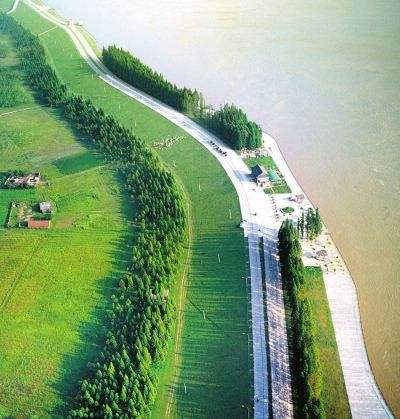
During Ming dynasty (1368-1644), people linked up the dikes on Jingjiang River to resist floods, but little re-sults were yielded. Eventually, the riverbed of Jingjiang River was even higher than the ground and became a fa-mous”suspended river”, where floods occurred frequent-ly.
In addition, the too winding watercourse not only prolonged the journey, but also made easy for silting up, which in turn blocked navigation; besides, it also reduced the capacity of flood diversion and storage, which resulted in bursting of dikes.
“Launching an attack initiatively is better than being beaten passively.”In order to protect their homestead from the damage of flood, people along the river regulatedJingjiang River unremittingly. The Chinese government straightened the watercourse of Jingjiang River and did some large-scale reconstruction, which greatly improved the situation of the dikes on Jingjiang River.
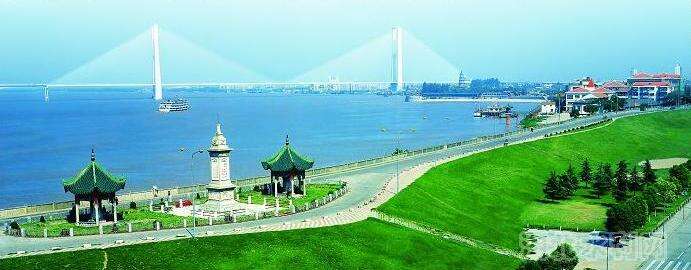
Among the many legends around regulating the wa-ter, one is about the god Hebo who supervised JingjiangRiver. Seeing that Jingjiang River become more and more furious, Hebo was so worried that he begged for help from the Dragon King of the East Sea. The Dragon King wanted to send his youngest son to calm the water, but feared that his son would be treated as a monster. To prevent that, the Dragon King asked an old monk to tell the people along the river that a river-calming temple needed to be built to stop floods. After the temple was finished, the litle Drag-on devoted itself to calming Jingjiang River, and the old monk protected the little Dragon wholeheartedly, therefore the water-calming task went on smoothly.
